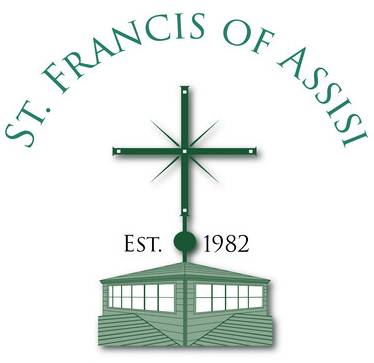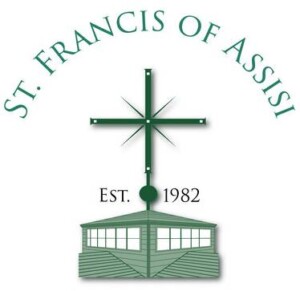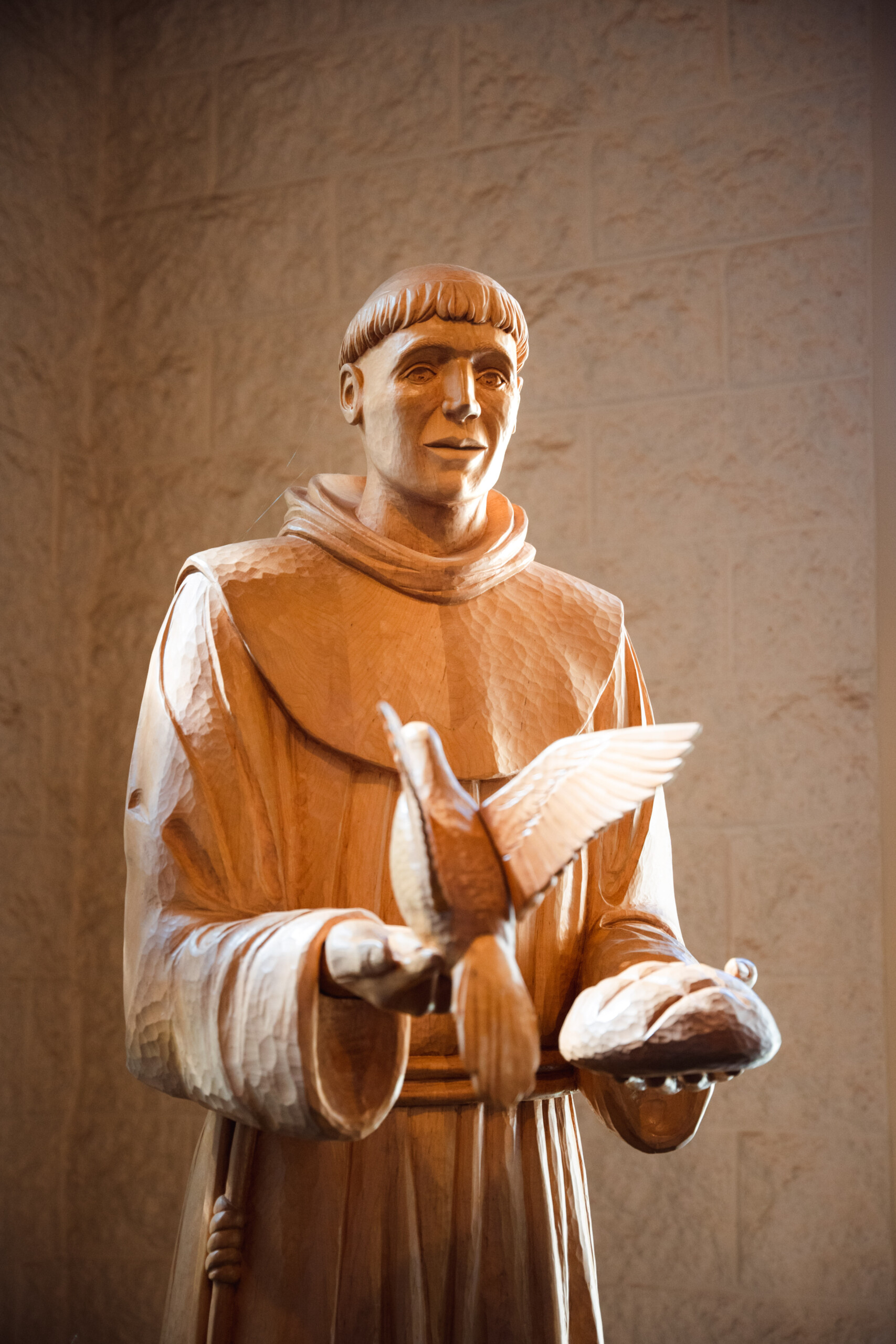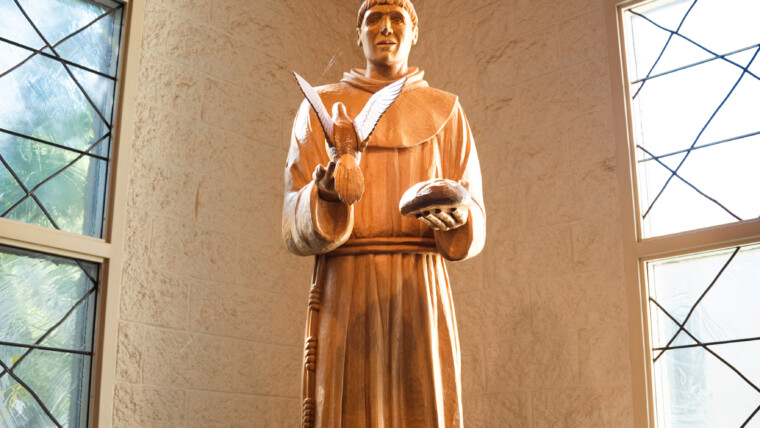Many people are unfamiliar with “the stigmata.” As Wikipedia says, “In Catholicism, stigmata are bodily wounds, scars and pain which appear in locations corresponding to the crucifixion wounds of Jesus Christ: the hands, wrists, feet, near the heart (side), the head (from the crown of thorns), and back (from carrying the cross and scourging).” Part of this confusion comes from the rare occurrence of the stigmata and its strange portrayal in popular media and movies.
Why is the stigmata something on which we focus now? As we celebrate the 800th anniversary of many seminal moments in St. Francis’s life, including the first creche in 2023 and the Canticle of the Creatures in 2025, the stigmata is front and center in 2024. Reportedly, St. Francis was the first person to receive the stigmata, although Father Jim says there is one report that St. Patrick had it before Francis. However, St. Francis had a reasonably well-documented occurrence and is considered the first person to manifest the stigmata. “In 1224,” according to Father Jim, “he received the stigmata and suffered with it for two years until his death, but it didn’t lead to his death.” Depending on the narrative you read, Elias of Cortona, eventual Vicar General of the Order and second in leadership to St Francis who later became the second Minister General of the Order of Friars Minor, was the one who saw the stigmata on Francis’ body after he died, as specified in the writing of Thomas of Celano. However, in St. Bonaventure’s writing, Brother Leo and Bernard of Quintavalle reportedly witnessed that he had it during his life.
The importance of Francis receiving the stigmata is explained by a Franciscan Friar to Ellen Ferrone, a member of the Secular Franciscans, during a study program on St. Francis she attended in Italy. She recalls the friar saying, “When you consider our relationship with God, it’s about love. Francis loved God deeply and wanted to love as God loved and to suffer as Christ suffered.” Ellen said, “I never thought of it from that perspective. The human suffering that Christ endured, and the willingness to do so, gave Francis a desire for that experience, and the stigmata is the manifestation of that desire; his relationship with God was so deep.”
Sharon Winzeler, another of the Secular Franciscans in our parish, offers a similar perspective. “The crucifixion represents redemption and how Jesus shared his love with us on Earth,” she says, adding, “Receiving the stigmata, I think, shows the degree to which Francis accepted God’s love and what Jesus went through to bring that love to us. Despite its symbolism and horrible suffering, stigmata represents God’s love, humanity, and willingness to suffer for us by his love.”
Father Jim does add, “Francis prays to know what it was like for Christ to experience the love that led him to the cross. As the narrative goes, God ‘rewarded’ him with the stigmata.” “However,” says Father Jim, “That leaves him at the cross, and a criticism could be that he never speaks of resurrection, just the suffering.” According to Father Jim, the focus should be that “St. Francis tries to turn it around so it isn’t suffering in our place for our sins, but one that comes out of love and demonstrates and shows his love for us. St. Francis’s desire to experience the power of that love led him to have this manifested in him to join himself to Christ in this uniquely powerful way.” The love, not the suffering, should be the focus. It was that love that redeemed humankind.
“God recognized the influence Francis would have,” says Sharon, “And the stigmata is almost like a ‘directional signal’ to us to listen and recognize that Francis came to know what it meant to Jesus to be human. Jesus’ whole life was not the crucifixion; we need to become closer to Jesus as a model for our lives. St. Francis got so close, he became part of Jesus, and the stigmata is a sign to us to look to Francis and his life as the path to model Jesus.” Ellen Ferrone agrees. “Stigmata was a sign, but his commitment to the poverty of the gospel and Christ’s life attracted people to him. Francis believed he needed to escape from the broken church and the ‘fanfare’ of the clergy (of the time) that lost focus on the relationship with Christ.” “It was the simplicity of his life that was so important when he asked for the role of his order in the Church,” says Ellen. “While some of the cardinals said he ‘wasn’t all there,’ one of them said, ‘How can we turn this away? He’s asking to live the gospel life. What does it say about us if we say it’s impossible?’”
While the stigmata are a vivid example of Francis’ dedication to living as Jesus did and a sign of God’s recognition of that devotion, the example to us of the life Francis led shows that Jesus’ message of peace and love is essential and achievable. “Even though it’s hard,” adds Ellen, “We can live the gospel. Francis affected the Catholic Church and the world, and Francis’ grounding in peace and his love to hold to the gospel message are our example to follow.” Father Jim concludes that Francis’ “desire to live the life of the gospels, to live as Jesus did, is the important message of Francis’ example on how to follow Christ, and is true still today.”
Author: Mike Watson







